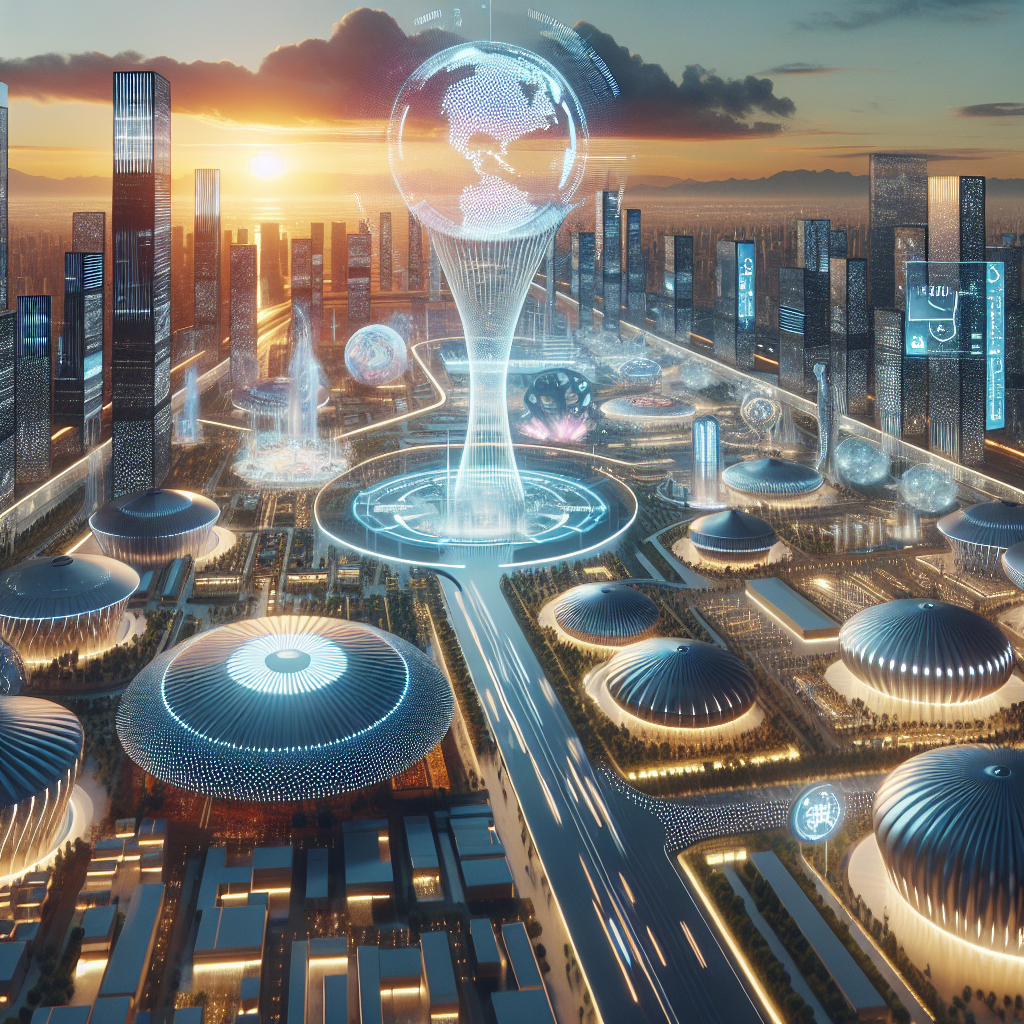The 2025 World Expo in Japan is set to officially open in Osaka on April 13th and will run until October 13th, spanning a six-month period. As the Expo enters its final countdown, national pavilions from various countries are emerging one after another, vying to showcase their economic, technological, and cultural achievements. However, the highlight that has captured everyone’s attention is a giant wooden circular corridor called the “Grand Ring,” crafted by the host country, Japan.
This magnificent circular structure is constructed of cedar and cypress wood, occupying 60,000 square meters and standing at 12 meters high (reaching 20 meters on the outer side), with a diameter of 615 meters and a circumference of about 2 kilometers. The construction cost amounts to 34.4 billion yen (approximately 2.4 billion USD) and serves as the main architectural centerpiece of the Expo, believed to be the largest wooden structure in the world.
Designed by Japanese architect So Fujimoto, the beautifully ring-shaped “Grand Ring” draws inspiration from the traditional Japanese wooden construction technique called “Kan.” This technique involves interlocking beams and columns without the use of nails, combining traditional craftsmanship with modern engineering technology. It not only embodies the beauty of Japanese traditional architecture but also showcases the enormous potential of wood in modern large-scale constructions on a global scale.
The corridor beneath the “Grand Ring” functions as a connecting link, tightly linking various exhibition halls and squares within the Expo park, establishing the main pathway for visitors to explore the park. Above the corridor, a 360-degree circular skywalk is covered with lush greenery and vibrant flowers, with approximately 500 “lighting grass” plants equipped with LED light sources installed in the greenery belt, resembling a suspended garden paradise in the air.
Reportedly, there are about 5,000 lighting fixtures within the structure, illuminating the pathway and ceiling in various ways. After the Expo opens, from sunset until the park closes at 10 p.m., these fixtures will remain lit, displaying different brightness levels and color tones during the twilight, evening, and nighttime periods, reflecting the changes in seasons.
The circular shape of the exterior of the building symbolizes harmony, offering a modern interpretation of the layout of traditional Japanese historical villages. In traditional villages, with the central public space and natural elements as the core, the surrounding residential houses are often arranged in a circular layout, showcasing the cohesion of the community and the interdependence with nature. It also signifies the beautiful vision of all the countries within the circle sharing the same sky.

